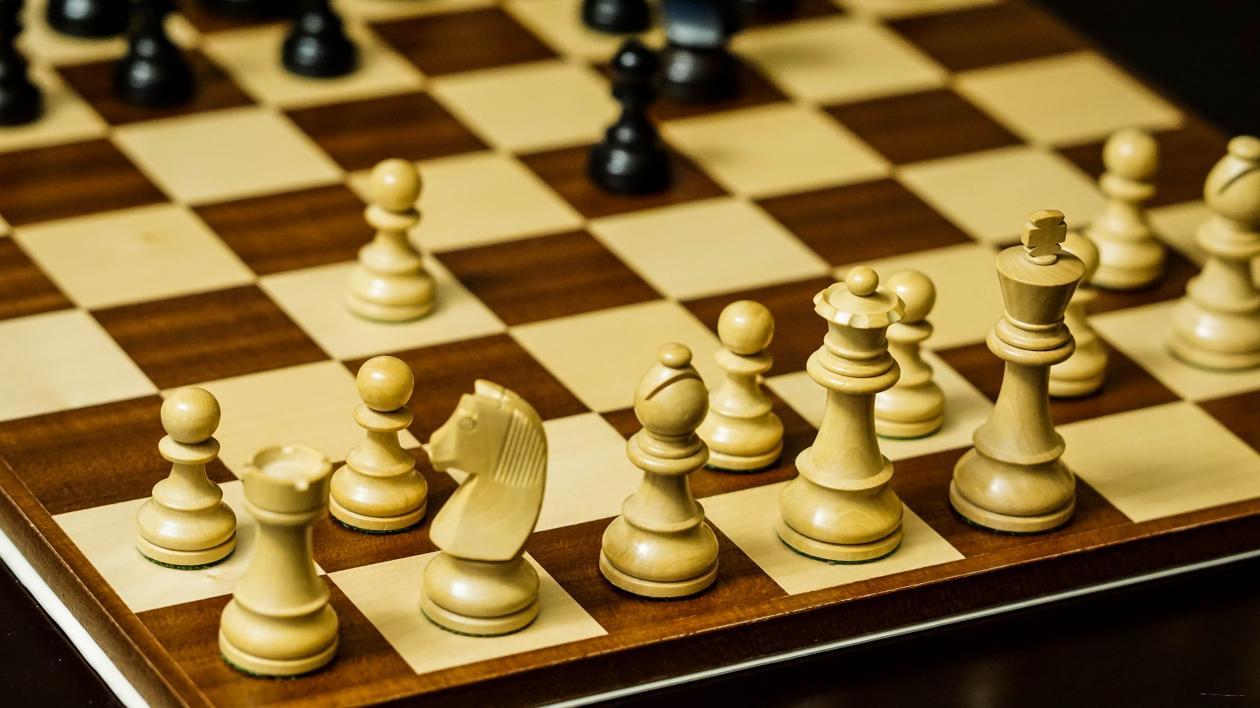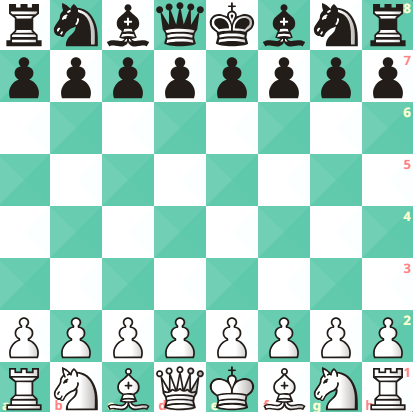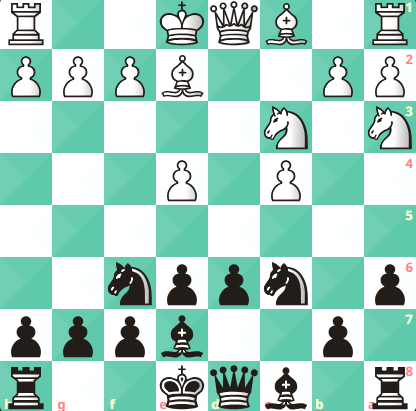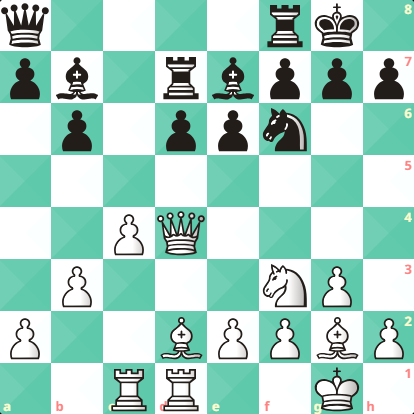The Silent Ambush: Cracking Open the Secrets of the Hedgehog Defense
Jul 22nd, 2025
The Hedgehog Defense isn’t just another opening choice—it’s a psychological battleground. Black willingly sacrifices space, adopting a compact, defensive posture. But hidden within that cramped-looking formation lies explosive potential—when White overextends, Black strikes back with potent breaks, turning apparent passivity into lethal weaponry

🕰️ Origins & Hypermodern Roots
Emerging from the early 20th-century hypermodern school, the Hedgehog rejects classical dogma centered on immediate pawn-based occupation. Instead, it embodies ideas pioneered by Nimzowitsch, Réti, and Tartakower: control the center indirectly, provoke your opponent, then undermine and exploit. This solid yet dynamic framework arises most often via the English Opening, though it can also spring from Sicilian, Nimzo-Indian, or Queen’s Indian systems

Core Strategic Themes
1. Provoke & Suffocate
Black’s compact pawn structure and restrained piece play subtly pressure White, tempting them into central overreach. Once those advanced pawns at e4 or c4 turn into liabilities, Black pounces with tactical breaks.
2. Break and Explode
Timing is everything. Moves like …b5 and …d5 shatter White’s center when they’re least expecting it, capitalizing on overextension. Grandmasters such as Karpov and Ljubojević have demonstrated this in high-level play.
3. Counterplay Pathways
The Hedgehog setup supports several active plans: knight maneuvers (Nd7–c5/e5), fianchetto bishop pressure along long diagonals, and flank advances like …h5–h4 aimed at kingside attacks
Stay patient:

- Formation setup: Position pawns on a6–b6–d6–e6, bishops on b7/e7, knights on d7/f6, queen on c7, and rooks usually on c8/e8.
- Flexibility: Be ready to adjust—knights may reroute, bishops shift from e7 to c7 (via d8), and rooks support central breaks.
- Avoid impatience: Premature pawn pushes weaken the structure. The hallmark of Hedgehog play is restraint until explosive opportunity arises
Notable Games & Modern Insights

- FM Gertsog’s “Unleash the Spikes” workshop (July 2025) showcased three instructive master games—Flores vs. Gertsog, Hort vs. Ljubojević, and Karpov vs. Andersson—highlighting precise timing and psychological nuances.
- Karpov used the Hedgehog with clinical precision against Torre, baiting him into overreach and retaliating decisively.
- Today, coaches like GM Petrov and Herman Grooten teach it as a surprise weapon—many opponents lack detailed preparation, making it effective even in amateur play
Pros & Cons
| ✅ Advantages | ⚠️ Challenges |
|---|---|
| Compact and solid structure | Very cramped—no wrong move allowed |
| Builds latent energy for powerful breaks | Requires patience, deep positional understanding |
| Often catches opponents off guard | Mishandled timing leads to collapse |
Becoming a Hedgehog Master

- Study foundational text: My System by Nimzowitsch and modern Hedgehog guides like Shipov’s series.
- Analyze grandmaster examples: Key games from Karpov, Kasparov, Ljubojević, and others.
- Practice games: Use online studies (e.g., lichess Hedgehog tutorials) to drill structures and typical pawn breaks.
- Train timing: Focus on d5/b5 push themes, knight jumps (Nd7–c5), and how to rebuff White’s attacks.
Final Thoughts
The Hedgehog is less of an opening and more of a chess mindset: restraint turned weapon. It embodies hypermodern principles—ceding space to later crush the overextended—embodied in its “spines” that sting when provoked. With modern analysis and coach-led courses, it’s more accessible than ever.
Unleash its spikes—but only when the time is right.
♟️ Ready to Level Up Your Game?
𝐉𝐨𝐢𝐧 𝐌𝐚𝐝𝐫𝐚𝐬 𝐒𝐜𝐡𝐨𝐨𝐥 𝐨𝐟 𝐂𝐡𝐞𝐬𝐬 𝐭𝐨 𝐝𝐞𝐟𝐞𝐚𝐭 𝐲𝐨𝐮𝐫 𝐨𝐩𝐩𝐨𝐧𝐞𝐧𝐭 𝐰𝐢𝐭𝐡 𝐛𝐫𝐢𝐥𝐥𝐢𝐚𝐧𝐜𝐞 𝐚𝐧𝐝 𝐩𝐫𝐞𝐜𝐢𝐬𝐢𝐨𝐧!
📍 Locations: T.Nagar | Anna Nagar | Mandaveli | Online
📞 Call: +91 98404 03376
🌐 Visit: www.madrasschoolofchess.com
📲 Follow us: @madrasschoolofchess
© The Madras School of Chess
Created by Webdzo